[CB3S/BK7231N] Suraielec 40A Outdoor Plug UBTW01B: expected TYWE3S (ESP8266) but got Beken
I purchased this device with the impression it included a TYWE3S module (ESP8266), but it instead came with a CB3S module (BK7231N). The specifications on the inside of the door even list this device's module as a TYWE3S, so I was surprised to find something else. I had never worked with a Beken chip, but thankfully found this community and OpenBeken 👍
Device link: https://www.amazon.com/dp/B08VRJSH5Z
Screenshots:
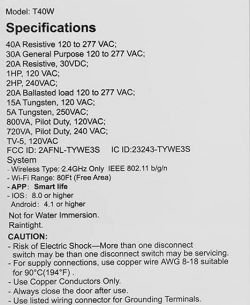
Disassembly is straightforward to reach the module. There are eight phillips head screws, and four 3mm tri wing screws to contend with. Here are pictures of the disassembly:
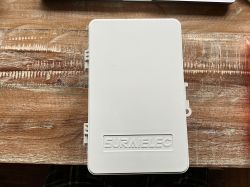
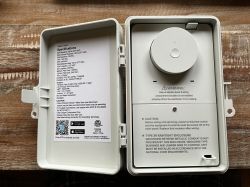
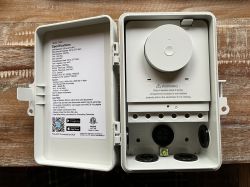

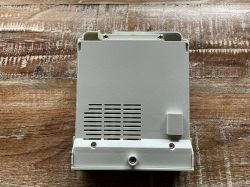
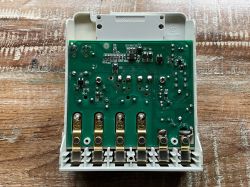
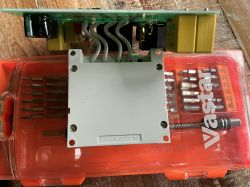
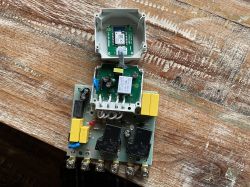
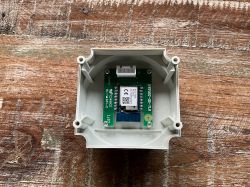
TX and RX on this device are not connected to anything, so there is no need to remove the module from the board to flash it.
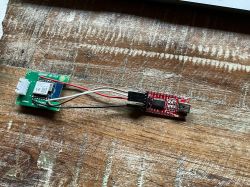
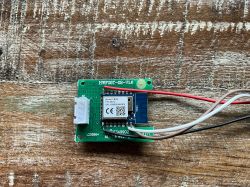
I probed the board with a multimeter in continuity mode to discover the GPIO mapping and found this:
GPIO6 - Button
GPIO8 - LED
GPIO24 - Relay
I was not able to backup the firmware on the module using the GUI tool (https://github.com/openshwprojects/BK7231GUIFlashTool), but the module accepted the write just fine. To place the module into the correct mode to flash it, all I had to do was start the firmware write in the GUI tool, then press and hold the button on the module for about four seconds. That caused the module to reboot and accept the flash.
Here is my JSON template:
After flashing and configuring, I followed this guide to make the device populate in Home Assistant: https://youtu.be/pkcspey25V4
Please let me know if you have any questions, I'll be happy to answer them!
Device link: https://www.amazon.com/dp/B08VRJSH5Z
Screenshots:


Disassembly is straightforward to reach the module. There are eight phillips head screws, and four 3mm tri wing screws to contend with. Here are pictures of the disassembly:









TX and RX on this device are not connected to anything, so there is no need to remove the module from the board to flash it.


I probed the board with a multimeter in continuity mode to discover the GPIO mapping and found this:
GPIO6 - Button
GPIO8 - LED
GPIO24 - Relay
I was not able to backup the firmware on the module using the GUI tool (https://github.com/openshwprojects/BK7231GUIFlashTool), but the module accepted the write just fine. To place the module into the correct mode to flash it, all I had to do was start the firmware write in the GUI tool, then press and hold the button on the module for about four seconds. That caused the module to reboot and accept the flash.
Here is my JSON template:
Code: JSON
After flashing and configuring, I followed this guide to make the device populate in Home Assistant: https://youtu.be/pkcspey25V4
Please let me know if you have any questions, I'll be happy to answer them!



Comments
So they changed the chip inside and left the FCC-ID (2AFNL-TYWE3S) the same? Well, that's not the first time! Good job on flashing your device. Now you can also read about SSDP and PowerSave, as they may... [Read more]
I didn't know about OpenBeken's GPIO interrogator until I had the device flashed and already probed everything out. I will definitely use this next time I come across one of these modules though; it's... [Read more]
I was referring to automatic GPIO extraction, and not to the GPIO Doctor, but still, GPIO Doctor is also a very useful tool. [Read more]